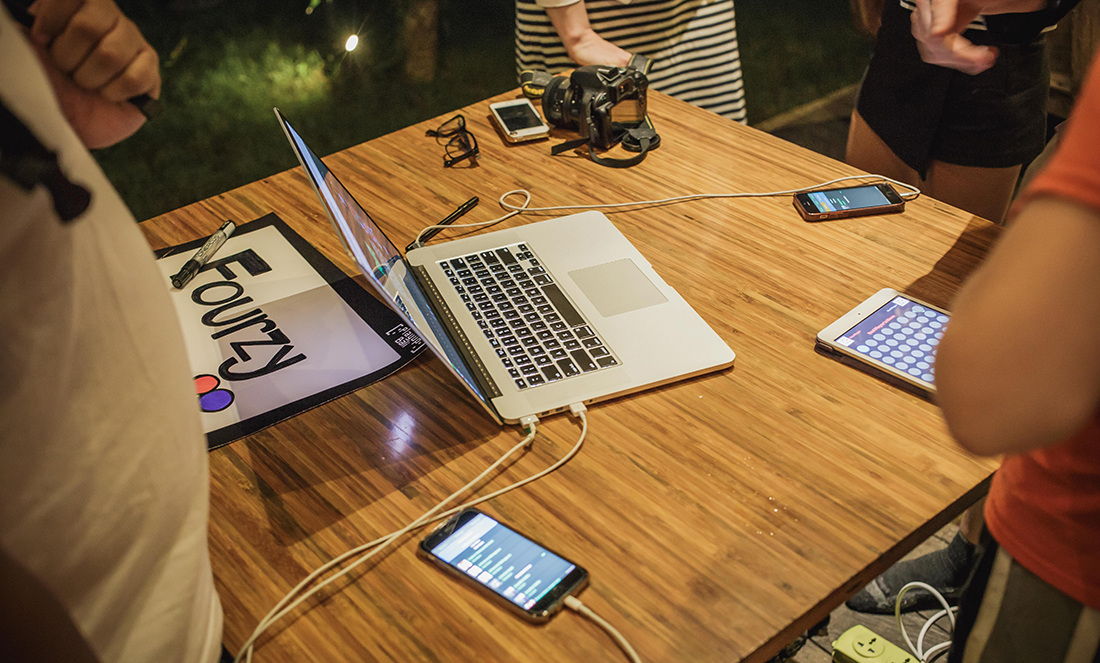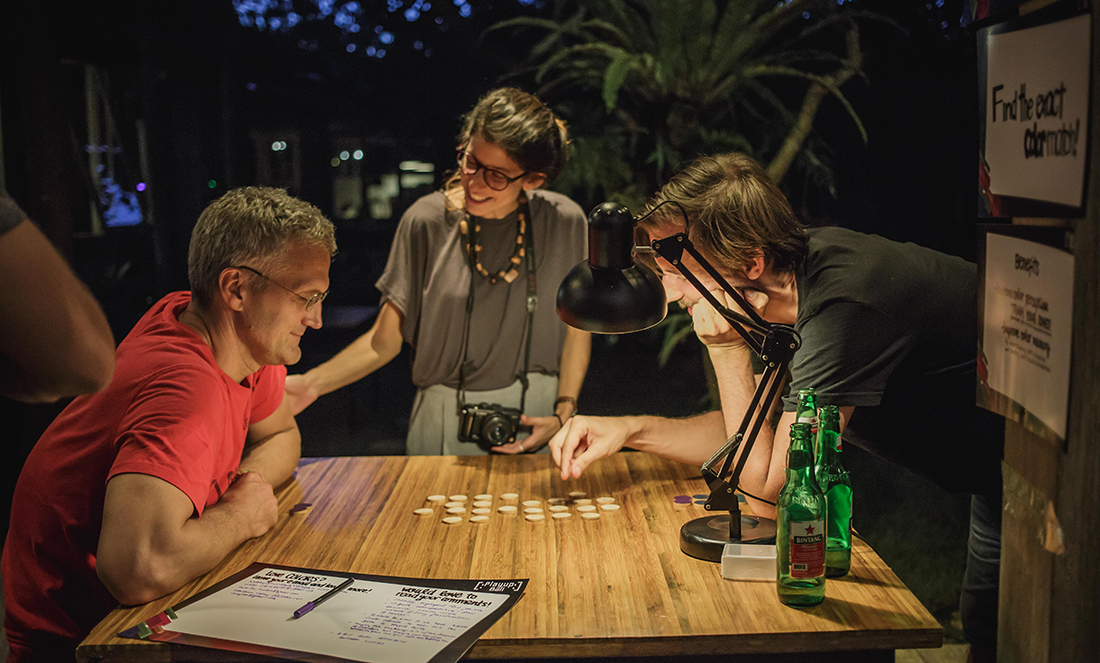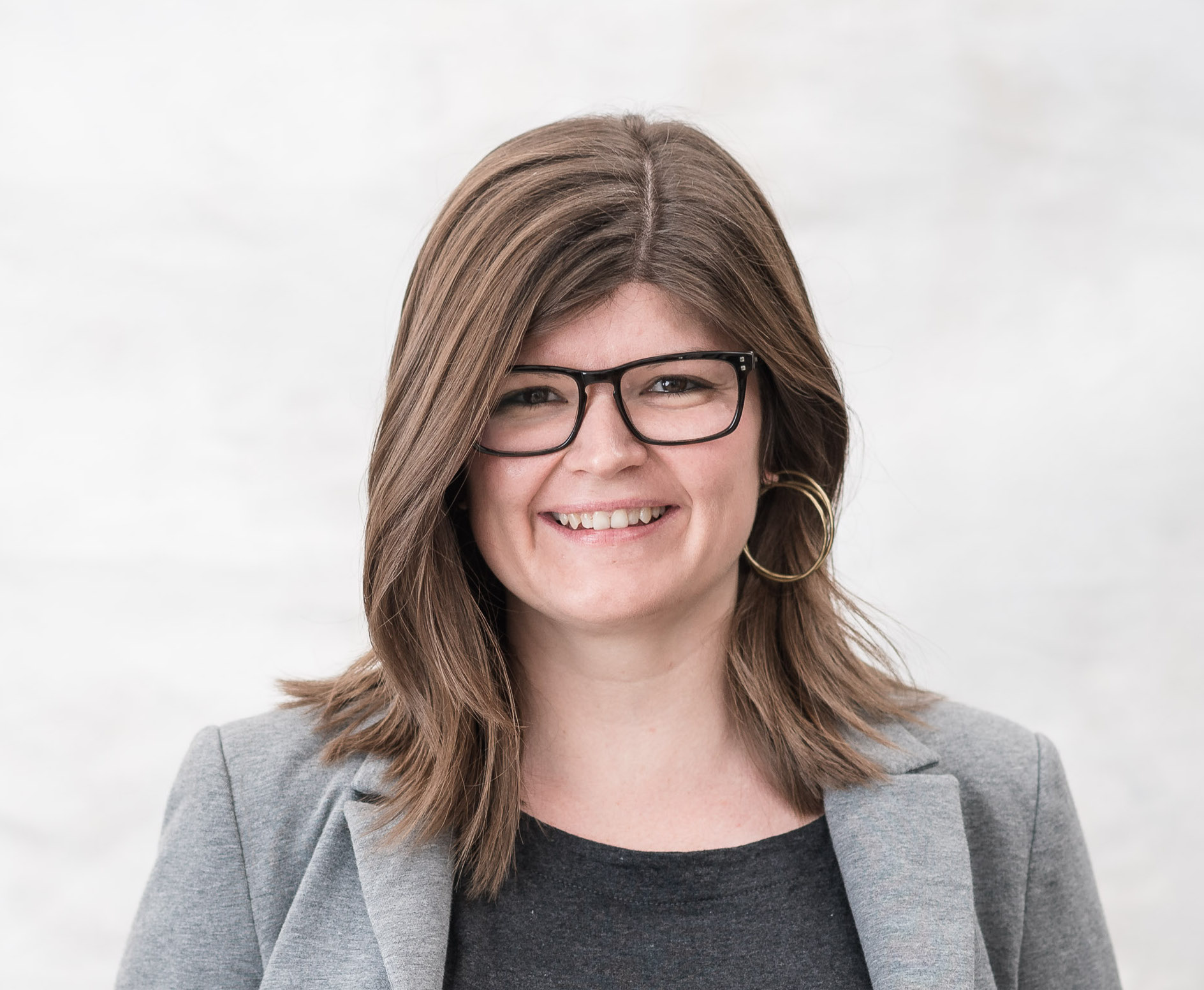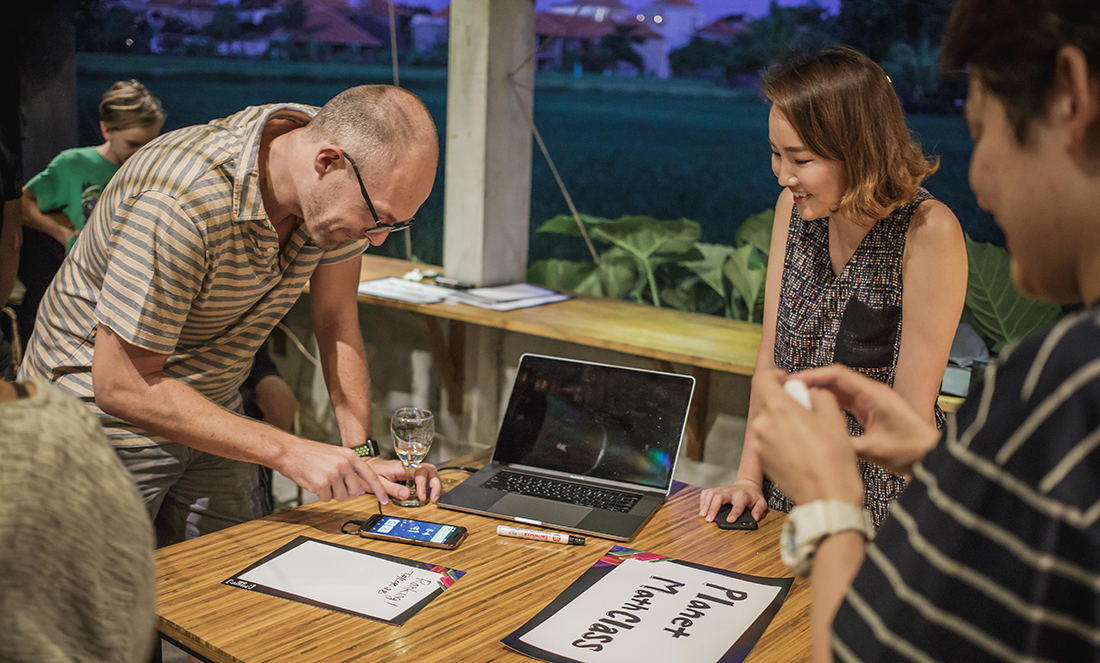Since the mid-1980s, the number of women studying computer science has been on the decline. While women make up about 50% of gamers, only 10 – 20% of those actually creating games are female.
It’s a complicated problem and there have been numerous wonderful initiatives to turn the trend around. But we still seem a bit stuck.
Playup Perth
I run an event series called Playup Perth. This event showcases and provides a testing ground for local games and interactive experiences currently in development, including VR. It regularly draws up to 80 people from all backgrounds, including investors, artists, educators and politicians, such as Scott Ludlam, then Senator for Western Australia.
It’s been going since 2013, and while we actively promote a diverse, safe space and the team who run it with me are all women (save our token male, Nick), the vast majority of people showing off their games are men.
But something happened recently that caught me by surprise—something that gave me a glimpse of a diverse future.
From Perth to Bali
For the first time ever, we expanded Playup Perth beyond Western Australia. We went international and partnered with Hubud, a coworking space in Bali (who I have written about previously) to run the first ever Playup Bali.
Now here’s the surprise. For the first time ever, all the games featured that night were entirely created or cocreated by women. In Perth, I’m lucky to have just one game that had a woman significantly involved in its creation. It’s the dream of all diversity initiatives to have an outcome like this.
Juliana Halko, who showed off Fourzy at Playup Bali, noticed quite a different vibe at Playup Bali and Hubud itself. It wasn’t “just tech people” she noted.

Originally from Columbia and having worked in the tech scene in Seattle and San Francisco, Juliana said she found Playup Bali less intimidating and “easier for those new to the game development scene to participate”.
Diversity breeds diversity
As I have written about previously, Hubud attracts a pretty diverse crowd—not just digital nomads from around the world, but people interested in yoga, meditation, health and art as well as business, innovation and technology.
Hubud’s diversity was a huge part of the draw for Janet Keating, who teaches remotely at Curtin University from Hubud.
“You’re not meeting people just in your profession,” she told me.
“You’re meeting people doing all sorts of things from around the world.”
And the things people are creating are diverse as well.
For example, while it might be unusual to see analogue games at technology events and spaces, it’s not at Hubud. Sofia Color showed off her Chromatic Memory Game where players have to match pieces of wood that have very slight variations in colour painted on them.
“It was interesting to present a game [at Playup Bali] that was not digital,” she said.
“I didn’t even think about that until I saw some people were surprised.”

Sofia tells me she will often paint or do other creative activities at Hubud. She says she doesn’t feel comfortable doing this at more tech-focused coworking spaces, where she feel she’s being judged.
Not only is it more diverse, Keating adds, but “people are coming here because they have an interest in work/life balance”.
Hubud’s focus on balance immediately sets Hubud apart from the usual workaholic culture seen in the tech industry, which presents a major barrier for many who aren’t young, single and male.
The result is that usually tech-focused events, like Playup Bali, also end up being much more diverse as well.
And as lots of research is now showing, diversity is strongly tied to creativity and innovation.
So, if we want to increase diversity in the tech space, we need to go beyond convincing more women and other unrepresented groups to go into the industry. It’s the culture of the industry that needs to change.
The result will be a more balanced, innovative and creative industry. I know, because I’ve already seen it.









